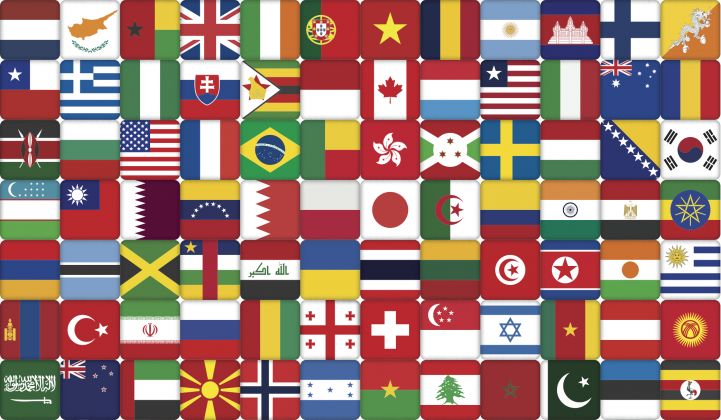Adam James and Scott Moskowitz cover global solar demand for GTM Research. They live, eat and breathe Chilean merchant solar, Romanian feed-in tariff schemes and Chinese 5-year solar plans. Despite their isolation from normal human activity, they remain a great source of info on where the solar market action is happening across the globe.
We'll be checking in with them periodically to see what's on their solar-obsessed minds and reading lists. Here are four recent stories that have caught the analysts' attention.
Trouble brewing for the India Solar Mission Program
The Indian government has a deal to purchase 750 megawatts of solar power, but half of that total must meet a domestic content requirement. Adam James describes "a perfect storm of problems."
The domestic content rules require PV modules to be built in India, but the National Solar Energy Federation of India recently lashed out at domestic cell producers, claiming they:
- Cannot produce enough modules to meet demand
- Have raised prices from $0.06 per watt to $0.08 per watt since the announcement of winning bids
- Have lower quality products, making financing projects difficult and potentially raising the cost of capital
Adding to the pressure, uncertain electoral winds and fiscal deficits put renewable incentives at the front of the line for cuts, according to James. The analyst also points out that SunEdison just canceled a 20-megawatt project because the math on domestic content did not pencil out. The 375-megawatt domestic content allocation of Indian's National Solar Mission, James said, “is in trouble."
Further reading: The PV Pulse has production, supply, pricing and analytics for the upstream solar market.
U.K. goes big and installs more than 1.1 gigawatts in Q1
"We knew it would be a huge quarter," said James, based on GTM’s research into Q4 module shipments, "but this was definitely more than I expected."
The U.K. installed 1.1 gigawatts of solar in the first quarter, according to PV-Tech. James notes that the market has been driven by a step-down in the renewable obligation certificates, or ROCs. The analysts believe that though the U.K. does not have ideal conditions for building solar, in a solar-fatigued EU, the U.K. is the place to be this year.
Germany and the transition to a post-FIT market
Although Germany remains Europe's largest solar market, the reduction in the country's demand signals a distinct market shift and a post-German-miracle era. February saw the market shrink both month-to-month and year-to-year. The feed-in tariff is below retail rates, implying, as James suggests, that "developers can either finance the projects off of the FIT" with lower IRRs, or they can “finance projects based on retail rates and self-consumption with higher risk” because the future of retail rates is uncertain.
The analysts make the point that the transition to a post-FIT, post-subsidy world "is a lot rockier than you would think" -- and that the country is "not making it any easier" with self-consumption fees.
Crimean solar crisis
James notes, "Ukraine will stop making FIT payments to solar projects in Crimea. Activ Solar is most affected by this."
Russia's aggression in Crimea has violated Ukrainian sovereignty, impelling Ukraine’s Ministry of Energy and Coal to announce that "Crimea’s solar power projects are to stop receiving payments under the country’s feed-in tariff," according to PV-Tech. The article notes that Austria's Activ Solar has built 300 megawatts of solar in what Ukraine's Ministry of Energy and Coal called "occupied territories."
The article also states that Crimea has continued to experience power blackouts since its annexation by Russia.



